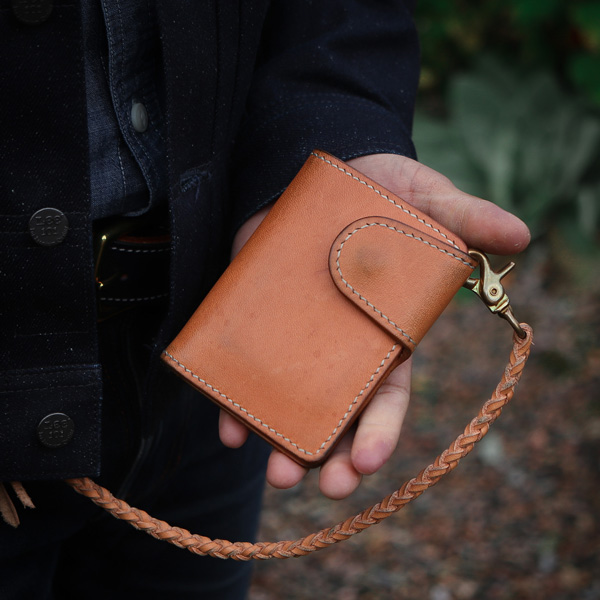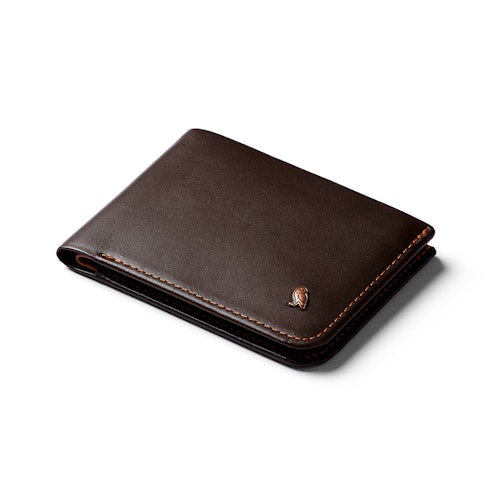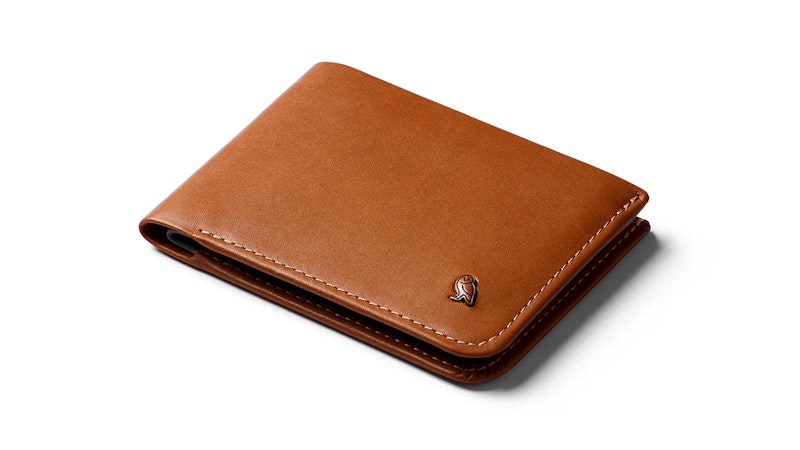The Limitations of Traditional Wallet Storage
For generations, the back pocket has been the default domicile for wallets. However, this seemingly innocuous habit presents a significant security risk. Easily accessible to pickpockets in crowded areas, a wallet nestled in your rear is practically an invitation. Similarly, front pockets, while offering slightly more security, can still be targeted, especially in tight spaces or during moments of distraction. This guide aims to transcend these outdated practices and introduce you to a realm of more secure and innovative ways to hide your wallet.
Ingenious Ways to Hide Your Wallet on Your Person
The key to effectively concealing your wallet lies in thinking outside the box and leveraging everyday items or strategic clothing choices. Here are several sophisticated methods to consider:
Inside Secure Pockets: Many modern garments are designed with hidden or zippered security pockets located in less obvious places such as inside jacket linings, thigh pockets of cargo pants, or even within the seams of backpacks. These offer a significantly higher degree of security than standard pockets.
Modified Clothing: Consider having small, discreet pockets sewn into the inside of waistbands, belts, or even the cuffs of trousers. These inconspicuous compartments can comfortably hold folded cash, cards, or slim wallets.
Belt Wallets and Pouches: Specialized belts with hidden zippered compartments on the inside provide a secure and discreet way to carry cash and a few essential cards. These blend seamlessly with regular attire.
Leg Wallets and Ankle Pouches: These are worn strapped around the lower leg or ankle, concealed beneath trousers or skirts. They are particularly useful when traveling or in crowded environments where other pockets are more vulnerable.
Hidden Compartments in Shoes: Some footwear can be modified or comes with discreet compartments in the soles or linings, suitable for stashing emergency cash or a small, flat wallet.
Neck Pouches and Body Wallets (Worn Inside Clothing): These lightweight pouches are worn around the neck or across the body, concealed beneath your shirt or jacket. They offer excellent security as they are not easily accessible to others.
Clever Ways to Hide Your Wallet Within Your Belongings
Beyond your person, your everyday belongings can also serve as effective camouflage for your wallet:
Inside Decoy Items: Hollowed-out books, water bottles with hidden compartments, or even seemingly innocuous everyday objects can be used to discreetly store your wallet amongst other items.
Strategically Placed in Bags: Instead of placing your wallet in the most obvious compartment of your bag or backpack, opt for inner zippered pockets or less frequently accessed sections. Consider using a small, zippered pouch within a larger compartment to further obscure it.
Within Electronic Device Cases: Some larger laptop or tablet cases have discreet inner pockets that can accommodate a slim wallet. Ensure it’s not in an easily accessible outer pocket.
Travel Accessories with Hidden Features: Look for travel pillows, toiletry bags, or even luggage with built-in hidden compartments designed for securing valuables.
Choosing the Right Type of Wallet for Concealment
The type of wallet you use can significantly impact how easily and effectively you can hide it. Consider these options:
Slim Wallets: Their minimalist design makes them easier to conceal in various locations, including inside clothing or small compartments.
Money Clips: Ideal for carrying a small amount of cash and a few cards, they can be discreetly tucked into pockets or even attached to the inside of a waistband.
Cardholders: Similar to slim wallets, they focus on carrying essential cards and can be easily concealed.
RFID-Blocking Wallets: While primarily for security against electronic theft, many RFID wallets also come in slim designs, making them easier to hide.
Advanced Tips for Secure Wallet Concealment
Elevate your wallet-hiding game with these advanced strategies:
Diversification: Avoid keeping all your valuables in one place. Distribute cash and cards across multiple discreet locations.
The Decoy Wallet: Consider carrying an old, less valuable wallet with a small amount of cash and expired cards in a more accessible pocket to deter potential thieves.
Situational Awareness: Be mindful of your surroundings and potential threats. Adjust your wallet concealment strategy based on the environment.
Regularly Review Your Methods: Ensure your chosen hiding places remain secure and haven’t become compromised or predictable.
The Psychological Aspect of Concealment
A significant part of successfully hiding your wallet is the psychological aspect. When you know your valuables are securely concealed in a non-obvious location, you exude more confidence and are less likely to inadvertently reveal the location of your wallet through nervous gestures or constant checking. This subtle shift in demeanor can be a powerful deterrent to potential thieves.
Conclusion: Embracing a Culture of Secure Carry
Effectively learning how to hide your wallet is not about paranoia; it’s about adopting a proactive and responsible approach to personal security. By moving beyond traditional, vulnerable methods and embracing the innovative strategies outlined in this guide, you can significantly reduce your risk of theft and enjoy greater peace of mind, knowing your valuables are safely and discreetly concealed. Embrace a culture of secure carry and take control of your personal security today.





